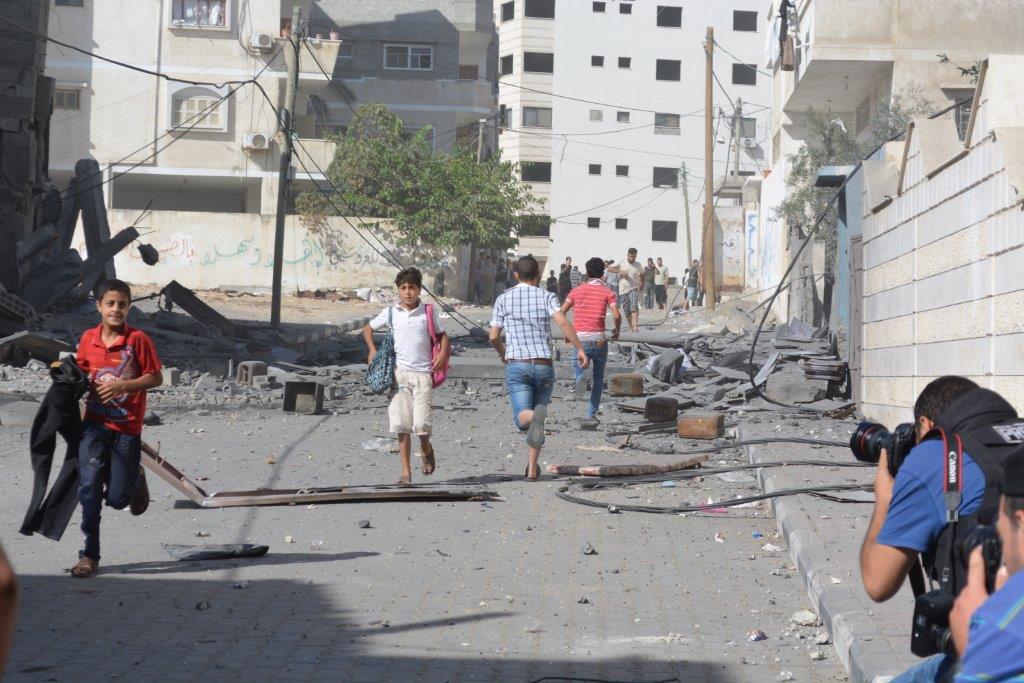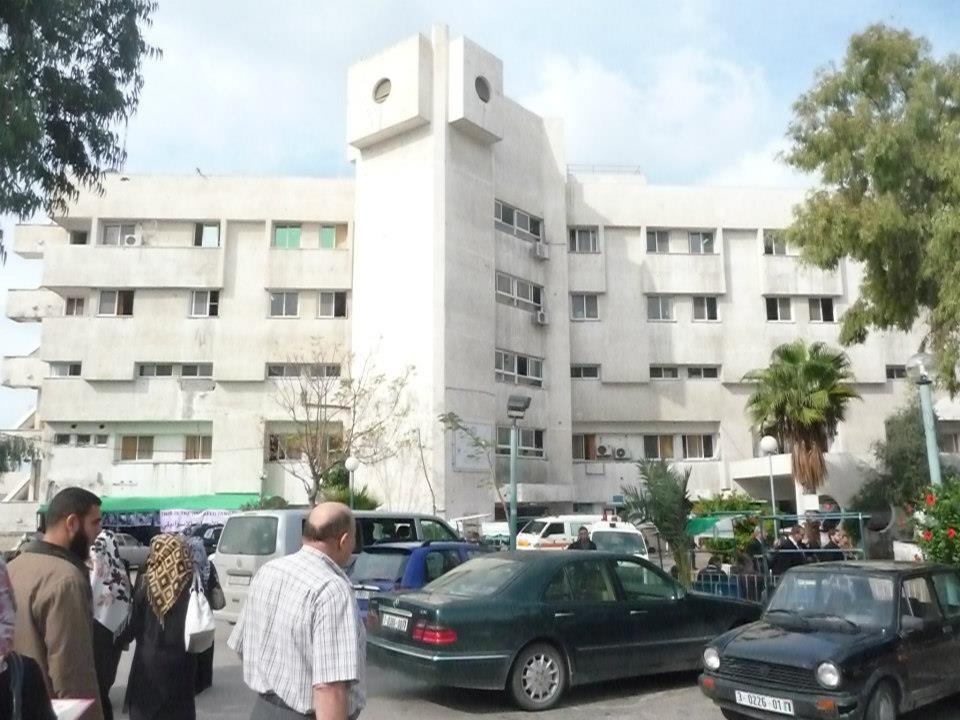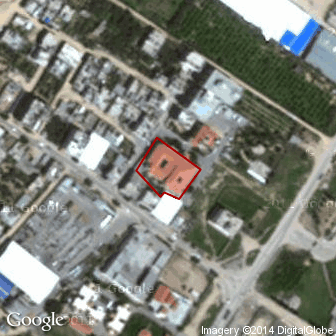Tag: Gaza
-
Gaza: Another home destroyed
25th July 2014 | Charlie Andreasson | Gaza, Occupied Palestine At 9 AM local time, a missile targeted a family home in central Gaza City. The house appeared to have been evacuated, but the shockwave and construction material that was thrown demolished a two-storey house across the street. Although we were 100 meters away a thin, black…
-
As Israel targets the wounded, international volunteers to stay at al-Shifa hospital
25th July 2014 | International Solidarity Movement | Gaza, Occupied Palestine International volunteers from countries including Spain, Sweden, the United states, the United Kingdom, France, New Zealand, Australia, and Venezuela have begun a constant protective presence in various locations at the al-Shifa Hospital. At 2:30 PM this afternoon, a press conference will be held at al-Shifa regarding…
-
Israeli military falsifies photograph to justify bombing el-Wafa hospital
23rd July 2014 | International Solidarity Movement | Gaza, Occupied Palestine On the 21st July at 2:17 PM, the IDF spokesperson released an image on twitter showing an aerial picture of a building marked as ‘Al-Wafa’ hospital. In the image there is a red circle, which they designated as the location from which a M75 rocket was…



